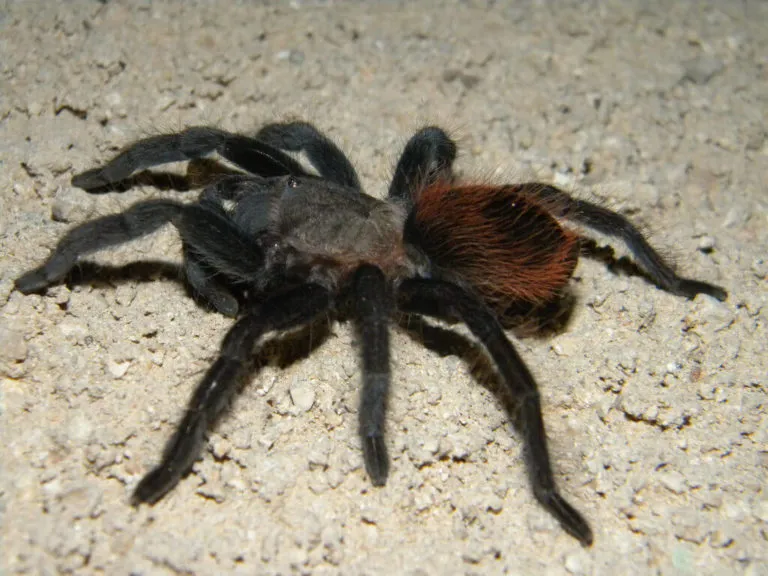Understanding Mexican Red Rumps
The Mexican Red Rump tarantula (Brachypelma vagans) is a captivating arachnid, popular among tarantula enthusiasts due to its docile nature and striking appearance. Understanding their habitat needs is crucial for their well-being and longevity. This guide will delve into the specific requirements for creating an optimal living environment, ensuring your Mexican Red Rump thrives. Providing the right habitat is not merely about housing; it’s about replicating the natural conditions that support their health, encourage natural behaviors, and allow them to live a full, healthy life. Failing to meet these requirements can lead to stress, health issues, and a shortened lifespan for your pet.
Origin and Natural Habitat
Mexican Red Rumps are native to the humid tropical and subtropical regions of Mexico, Central America, and sometimes even parts of Florida. In the wild, these tarantulas inhabit burrows in the ground, often under rocks, logs, or leaf litter. They are terrestrial spiders, meaning they spend most of their time on the ground. Their natural habitat is characterized by moderate temperatures and relatively high humidity, especially during the rainy season. Replicating these conditions is paramount for the well-being of a captive Mexican Red Rump, allowing them to feel secure and exhibit their natural behaviors. Understanding their origins provides a foundation for creating a suitable enclosure.
Climate and Environmental Conditions
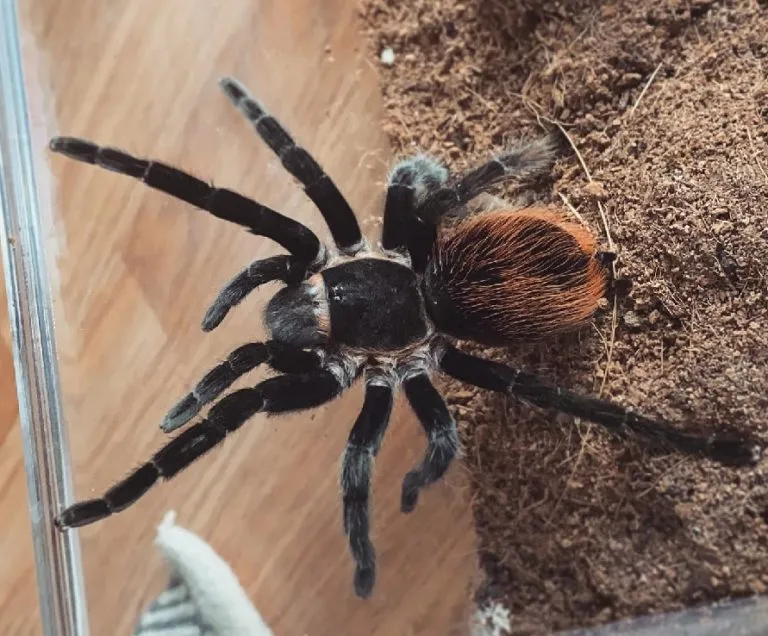
The natural environment of the Mexican Red Rump is marked by consistent temperatures and humidity. Mimicking these elements is critical for the health and happiness of your tarantula. The ideal habitat should maintain a stable temperature range and humidity level that allows the tarantula to thrive. This ensures proper molting, eating, and overall activity levels. Incorrect conditions can lead to a variety of health issues, including difficulty molting, dehydration, or respiratory problems. Monitoring and adjusting these conditions is an ongoing process, vital to long-term care.
Humidity and Temperature
Humidity and temperature are two of the most critical aspects of a Mexican Red Rump’s habitat. These factors directly impact the tarantula’s health, molting cycles, and overall well-being. Maintaining the correct humidity and temperature ensures the tarantula can regulate its body temperature effectively and prevent dehydration. The right balance also promotes successful molting, where the tarantula sheds its exoskeleton to grow. Neglecting these vital elements can lead to serious health complications and compromise the tarantula’s longevity.
Maintaining Humidity Levels
Humidity levels should be maintained between 65% and 75%. This can be achieved by regularly misting the enclosure with dechlorinated water, especially around the substrate. The frequency of misting depends on the ventilation of the enclosure and the ambient humidity of the environment. Avoid over-misting, which can lead to mold growth. Use a hygrometer to monitor the humidity levels accurately, and adjust your misting schedule accordingly. Additionally, a shallow water dish helps provide a constant source of moisture and aids in maintaining the required humidity levels.
Temperature Regulation
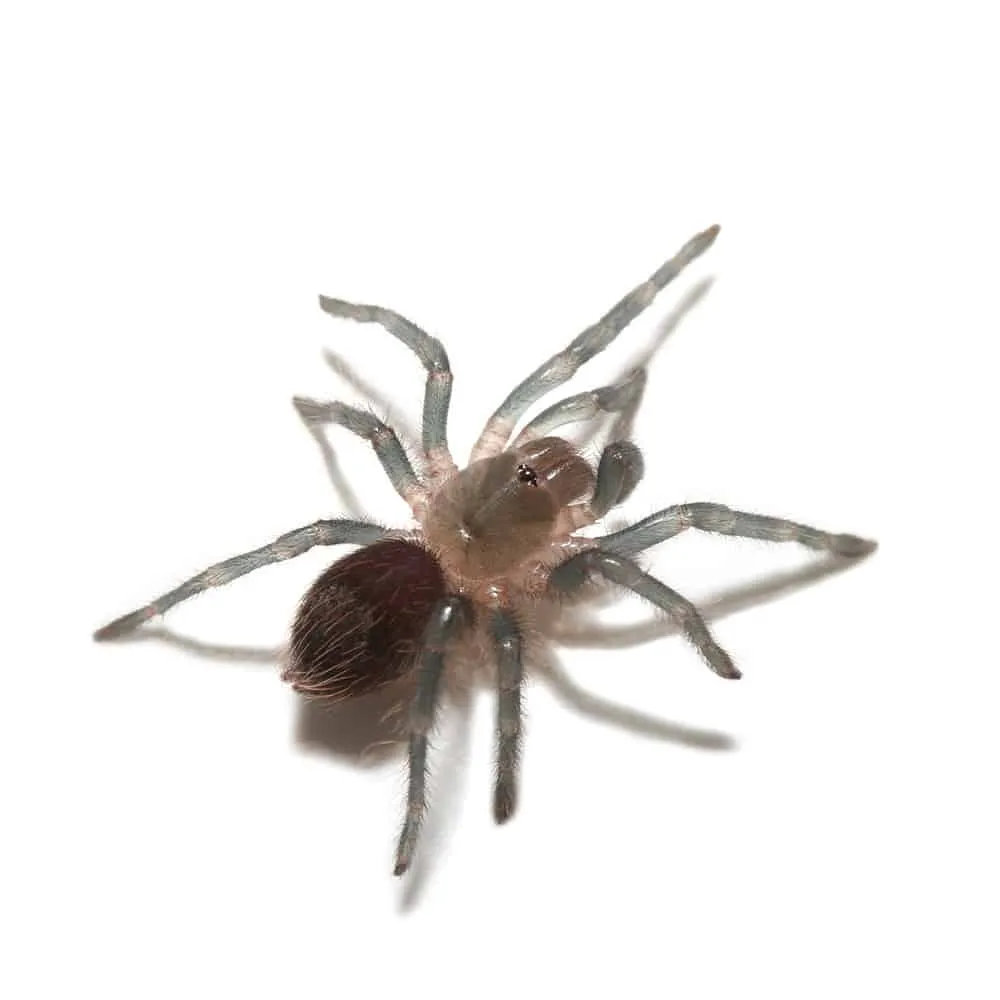
The ideal temperature range for a Mexican Red Rump is between 75°F and 85°F (24°C and 29°C). Maintaining this temperature is essential for the tarantula’s metabolism and overall health. You can use a heat mat placed on the side of the enclosure to provide gentle warmth. Always use a thermostat to regulate the heat mat and prevent overheating. Avoid placing the heat source directly under the enclosure, as this can cause the substrate to dry out too quickly. Regularly monitor the temperature with a thermometer to ensure it remains within the optimal range. The correct temperature range ensures the tarantula can feed, molt, and thrive.
Enclosure Setup Essentials
Setting up the right enclosure is the foundation for providing a healthy and enriching environment for your Mexican Red Rump. The enclosure serves as the tarantula’s home, offering shelter, security, and the necessary conditions to thrive. A well-designed habitat should mimic the tarantula’s natural environment and provide the correct temperature, humidity, and space for its activities. The size, material, and decoration of the enclosure all play vital roles in the spider’s overall well-being and should be chosen carefully to ensure the tarantula’s needs are met.
Choosing the Right Enclosure
The enclosure should be appropriately sized for the tarantula’s size, with enough space for it to move around and establish a burrow. A secure, escape-proof enclosure is non-negotiable, as tarantulas are capable escape artists. Ventilation is also essential to maintain air quality and prevent the buildup of mold and condensation. Proper enclosure selection ensures the tarantula is safe, comfortable, and can exhibit its natural behaviors. The right enclosure will significantly enhance your experience caring for the tarantula, and it is one of the most important factors of successful tarantula keeping.
Size and Material Considerations
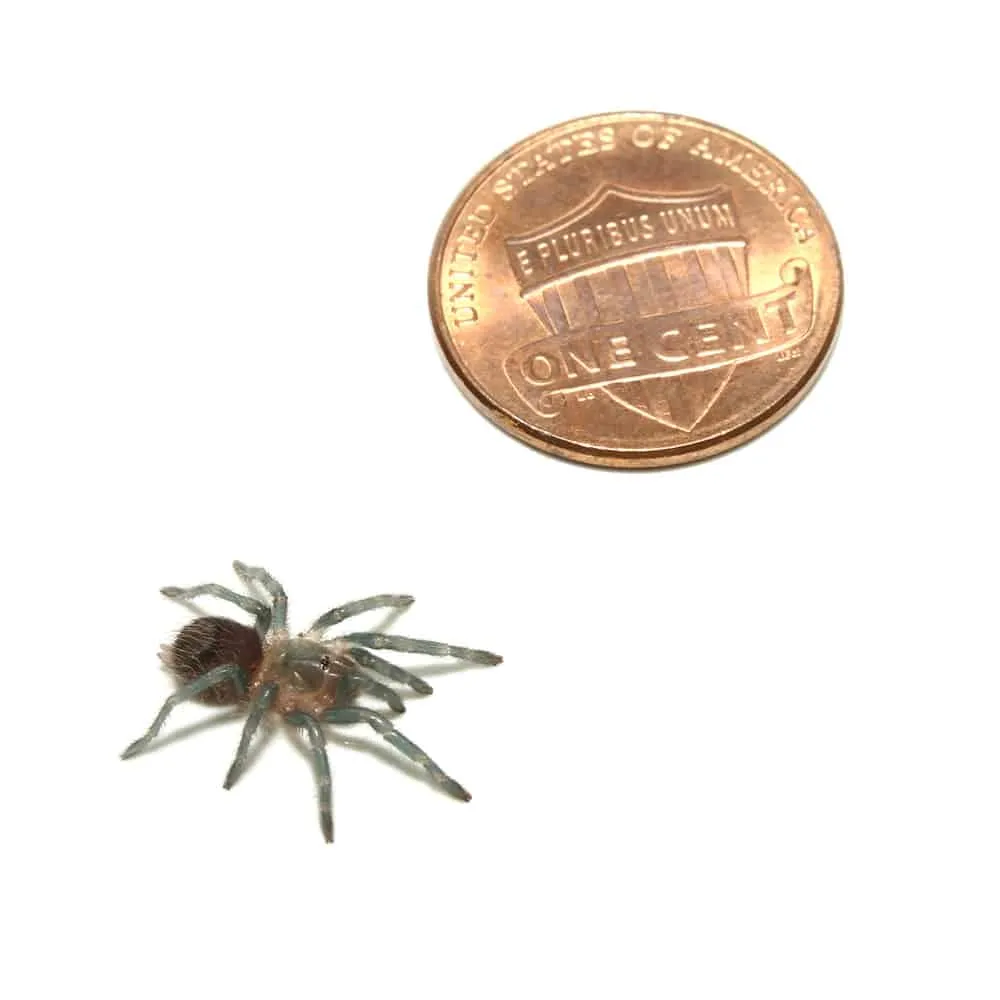
For a juvenile Mexican Red Rump, a 5- to 10-gallon enclosure is usually sufficient. As the tarantula grows, you will need to upgrade to a larger enclosure, potentially a 10- to 20-gallon tank or larger. The dimensions should allow for adequate space for the tarantula to move around and create a burrow. Glass or acrylic enclosures are suitable, with secure lids to prevent escapes. The enclosure should be transparent to allow easy viewing and monitoring of your pet. Always ensure the enclosure has proper ventilation to prevent the buildup of excessive humidity and mold. A properly sized and constructed enclosure will help ensure the tarantula’s health and safety, allowing it to thrive.
Substrate Selection and Depth
The substrate is the foundation of the tarantula’s habitat, providing a surface for burrowing, regulating humidity, and offering a sense of security. Choosing the right substrate is crucial for the well-being of your Mexican Red Rump, as it affects the environment and provides a natural space for the tarantula. The right substrate not only meets the tarantula’s needs but also makes it easier to maintain the enclosure. Incorrect substrate choices can have detrimental impacts on the tarantula’s health, leading to issues like mold and difficulties with molting.
Optimal Substrate Choices
A mix of substrates is often the best choice for a Mexican Red Rump. Options include peat moss, coconut fiber (eco earth), and a small amount of vermiculite. These substrates retain moisture well, helping to maintain the desired humidity levels. Avoid substrates that are dusty or can cause irritation. Many keepers use a mix of two or three different substrates to create the best environment. The ideal mix is one that holds moisture, is easy to clean, and gives the tarantula a natural feel. Always research your substrate choices to ensure they are safe for your tarantula.
Substrate Depth and Its Importance
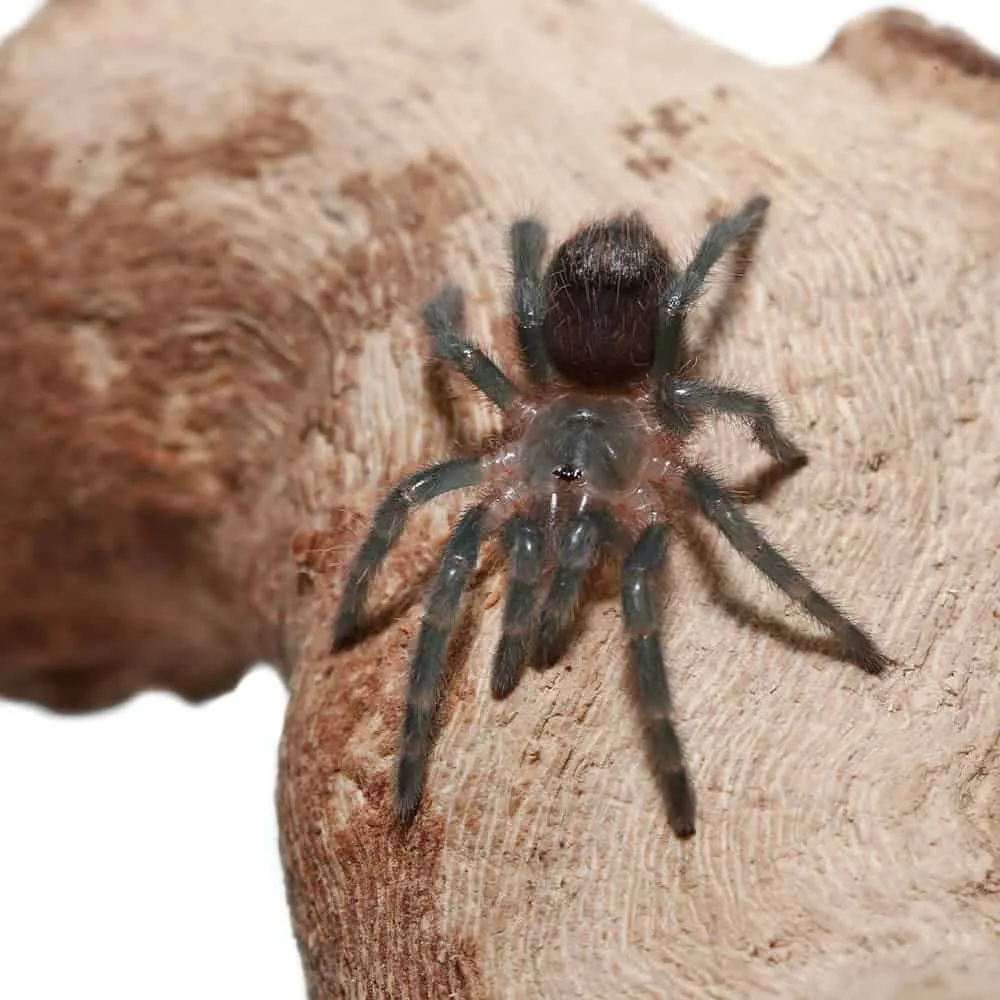
The depth of the substrate should be at least 4-6 inches for a juvenile, allowing the tarantula to burrow and feel secure. For larger adults, a depth of 6-8 inches or more is recommended. The depth allows the tarantula to create a burrow, which provides a safe haven and regulates its environment. A proper substrate depth allows the tarantula to express its natural behaviors and provides a sense of security. This depth also helps with moisture retention and temperature regulation. Regular maintenance of the substrate, including spot cleaning and periodic replacement, will help maintain a healthy environment for your tarantula.
Decorating the Habitat
Decorating the enclosure is important for creating a stimulating and enriching environment for your Mexican Red Rump. Decorations provide hiding places, encourage natural behaviors, and add visual appeal to the habitat. Choosing the right decorations helps the tarantula feel secure and provides opportunities for exploration. It mimics the tarantula’s natural environment and enhances the overall quality of life, supporting their well-being. A well-decorated enclosure can also be a point of interest for the keeper.
Hiding Places and Enrichment
Providing hiding places is essential for reducing stress and allowing the tarantula to feel safe. Cork bark, half logs, or artificial hides are excellent choices. Arrange the hide in a way that offers the tarantula a secure retreat. The tarantula will readily retreat to these areas, especially during molting or when feeling threatened. Enrichment can also include adding artificial plants or small, sturdy decorations that do not pose a risk. Be sure the decorations do not have sharp edges or materials that could be dangerous to the tarantula. The presence of hides allows the tarantula to express its natural behavior by giving a secure space.
Plants and Decor for a Naturalistic Setup
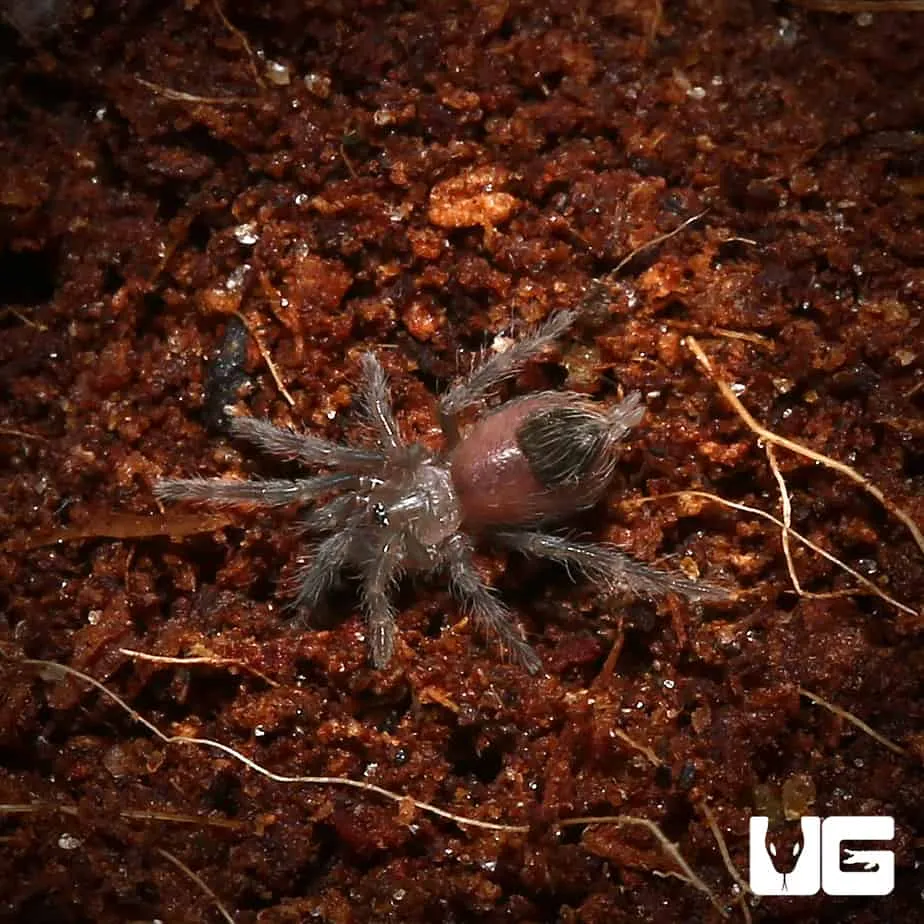
Adding live or artificial plants can create a more naturalistic and aesthetically pleasing environment. Live plants can help maintain humidity and provide additional hiding spots. If using live plants, choose species that are safe for tarantulas and do not require excessive watering. Artificial plants offer a low-maintenance alternative. Ensure that any decor is non-toxic and does not have sharp edges that could harm the tarantula. Avoid using items that could be easily crushed or ingested. Careful selection and placement of decorations contribute to the overall well-being of your tarantula.
Feeding and Watering
Proper feeding and watering practices are crucial for the health and longevity of your Mexican Red Rump. Providing a balanced diet and a clean water source ensures the tarantula receives the necessary nutrients and stays hydrated. It is the foundation of a healthy habitat. Consistent feeding and proper hydration support the tarantula’s growth, molting process, and overall well-being. Neglecting these fundamental aspects can lead to health issues and a reduced lifespan.
Water Source and Availability
Always provide a shallow water dish filled with fresh, clean water. The water should be easily accessible and not too deep, to prevent drowning. Change the water regularly to prevent bacterial growth. If the tarantula is small, you may consider using a bottle cap or a shallow dish to ensure safety. The availability of clean water is vital for the tarantula’s hydration and overall health. Ensure the water dish is always full and easily accessible. Regularly clean the water dish to avoid any contamination. Water is essential for survival, growth, and molting.
Best Watering Practices
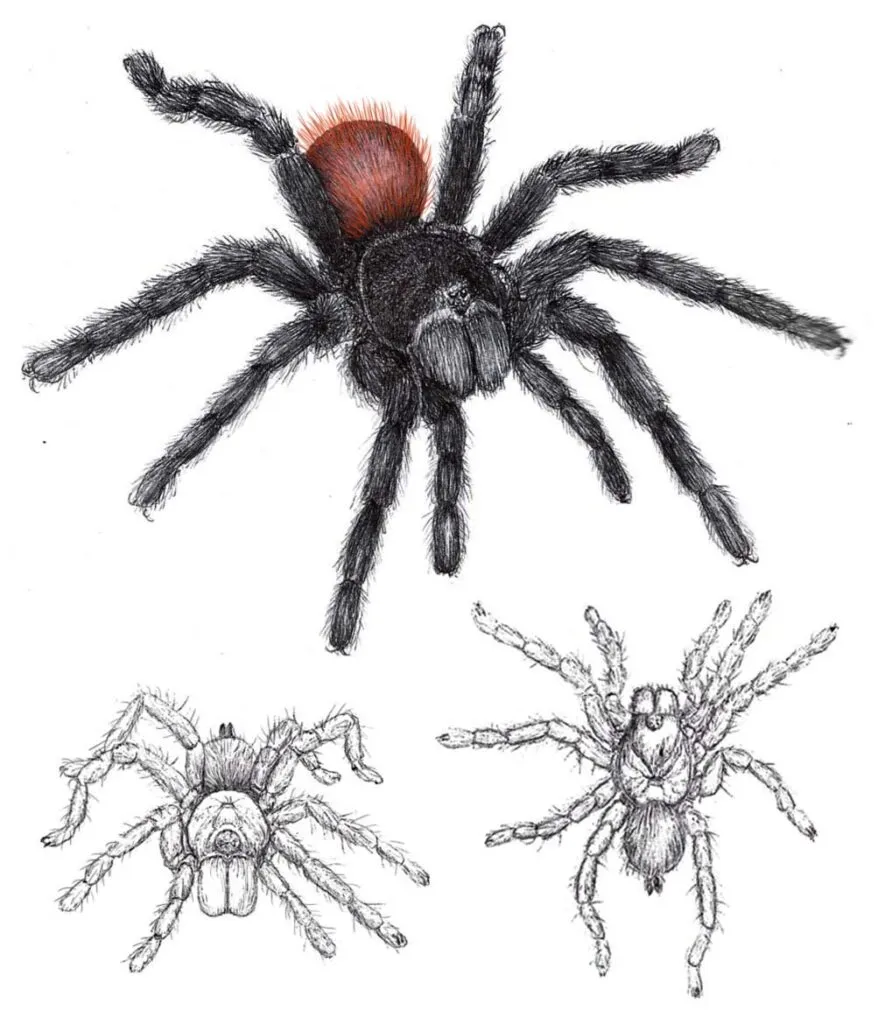
Besides the water dish, you can mist the enclosure lightly with dechlorinated water to maintain humidity and provide additional hydration. Avoid over-misting, which can lead to mold growth. Monitor the tarantula’s behavior and adjust the frequency of misting accordingly. When the tarantula is close to molting, increase the humidity slightly to assist with the process. Be sure to use dechlorinated or distilled water. Clean and fresh water helps the tarantula stay hydrated. Regular misting helps to maintain the ideal humidity level.
Feeding Frequency and Prey Selection
Feed juvenile Mexican Red Rumps 2-3 times a week. Adult tarantulas can be fed once a week or every other week, depending on their size and activity level. The type of prey should consist of live insects, such as crickets, roaches, or mealworms. Avoid feeding prey that are larger than the tarantula’s body or that could pose a threat. Adjust the feeding schedule based on the tarantula’s size and activity level. Avoid overfeeding, which can lead to obesity. Always remove uneaten prey to prevent stress and potential injury to the tarantula.
Appropriate Prey Sizes
The prey size should be appropriate for the tarantula’s size. Feed juveniles smaller prey like pinhead crickets or small roaches. As the tarantula grows, you can increase the prey size. Ensure that the prey is not too large, as this can stress the tarantula and make it difficult to consume. Always monitor the tarantula after feeding and remove any uneaten prey. Provide a varied diet to ensure the tarantula receives a range of nutrients. Adjust the prey size as the tarantula grows.
Habitat Maintenance and Monitoring
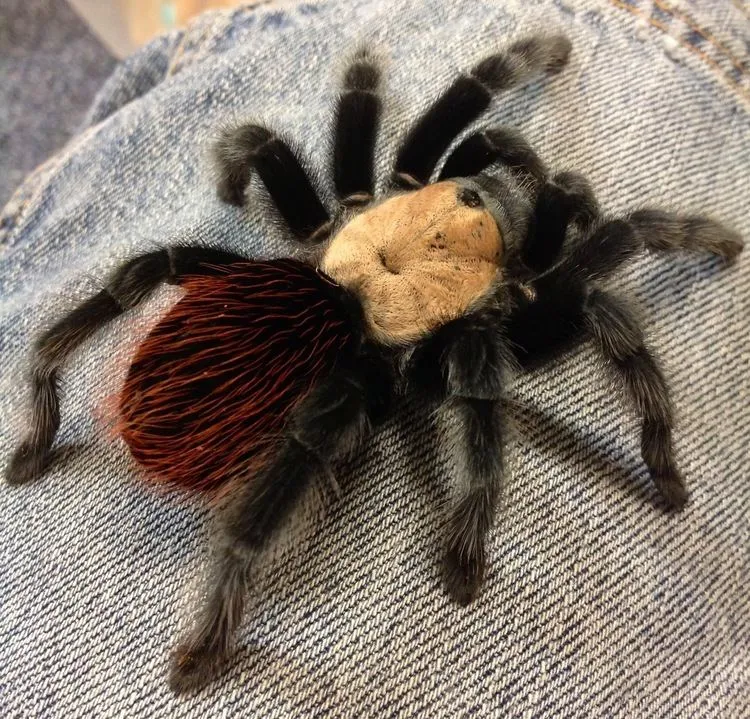
Maintaining a healthy habitat involves regular cleaning, monitoring, and observing the tarantula’s behavior. Routine maintenance ensures the enclosure remains clean, the environmental conditions stay optimal, and any potential issues are addressed promptly. Consistent monitoring will allow you to detect and address any problems that could affect your pet’s health. The key to successful tarantula keeping is providing the best possible environment. Regular attention ensures the tarantula has the best chance of a long and healthy life.
Cleaning and Waste Removal
Spot clean the enclosure regularly, removing any uneaten prey, molted exoskeletons, and waste. This helps prevent the buildup of bacteria and maintains a clean environment. A complete substrate change is recommended every 6-12 months, depending on the size of the enclosure and the amount of waste produced. When cleaning, remove the tarantula safely and temporarily house it in a separate container. Always use non-toxic cleaning products, and ensure the enclosure is completely dry before returning the tarantula. Maintaining a clean environment is crucial for the tarantula’s health and hygiene.
Regular Cleaning Schedule
Develop a regular cleaning schedule to maintain a healthy habitat. Spot clean the enclosure weekly, removing any visible waste or uneaten prey. Monitor the substrate for any signs of mold or excessive moisture. Change the water dish and refill it with fresh water every few days. Perform a complete substrate change every 6-12 months, depending on the size of the enclosure and the waste produced. The cleaning schedule should be tailored to your specific setup and tarantula’s needs.
Monitoring Health and Behavior
Regularly observe your tarantula’s behavior, including its appetite, activity level, and posture. These observations can provide valuable insights into its health. Note any changes in behavior, such as decreased appetite, lethargy, or changes in posture. Also, be mindful of how your tarantula reacts to environmental changes. If your tarantula is not behaving normally, or the conditions seem off, these are signs that require attention. Document any unusual behaviors to help identify and address any potential health issues early on. Regular monitoring is essential for ensuring the tarantula’s overall well-being.
Identifying Signs of Stress or Illness
There are various signs of stress or illness in tarantulas. Look for changes in posture, such as the tarantula refusing to move or lying on its back. Also, check for changes in appetite, such as refusing food or not eating for an extended period. Other signs include unusual behavior, such as excessive burrowing or hiding, and physical signs, such as discoloration or loss of limbs. If you notice any of these signs, consult with a veterinarian experienced in exotic animals or a tarantula specialist for guidance and assistance. Early detection and intervention can significantly improve the tarantula’s chances of recovery.
Troubleshooting Common Habitat Issues
Even with the best care, you might encounter some habitat issues. Understanding how to address these issues effectively helps maintain a safe and healthy environment for your Mexican Red Rump. The most common issues include mold and pests, which can thrive in an improperly maintained enclosure. Furthermore, molting can present potential challenges. Being prepared and knowing how to solve these issues will ensure the well-being of the tarantula.
Dealing with Mold and Pests
Mold and pests can be detrimental to a tarantula’s health. If you notice mold, remove the affected substrate immediately and improve ventilation. Check for any decaying food or waste. Pests, such as mites or fruit flies, can also infest the enclosure. If you discover pests, isolate the tarantula and thoroughly clean the enclosure. Consider replacing the substrate and cleaning the entire enclosure. Using a pest control product should be avoided. Always investigate the source and address the root cause to prevent future outbreaks.
Preventative Measures
Preventing mold and pest infestations starts with maintaining a clean and well-ventilated enclosure. Avoid overwatering the substrate and ensure proper air circulation. Regularly spot clean the enclosure to remove waste and uneaten prey. Inspect the substrate for signs of mold or pest activity. Quarantine any new items, such as plants or decorations, before introducing them into the enclosure. Proper maintenance and regular checks help prevent issues and keep the habitat in top condition. A clean environment is critical to your tarantula’s health and safety.
Adjusting the Habitat for Molting
Molting is a natural process where the tarantula sheds its exoskeleton to grow. During molting, it’s crucial to provide a safe and stress-free environment. The tarantula will usually become less active and may refuse food. It might seal itself in its burrow or lie on its back. Ensure the humidity is slightly elevated, but do not disturb the tarantula. Avoid handling or stressing it during this vulnerable period. Be patient and allow the tarantula to complete the molting process undisturbed. Creating a good molting environment is vital for the tarantula’s survival.
Creating a Safe Molting Environment
To create a safe molting environment, ensure the enclosure is stable and free from disturbances. Provide adequate substrate depth for the tarantula to flip over and molt. Increase the humidity slightly to help the exoskeleton shed. Avoid any vibrations or sudden movements near the enclosure. Refrain from feeding the tarantula during this period. Once the tarantula has successfully molted, give it a few days to harden before offering food. Create a calm and undisturbed environment. This helps the tarantula to molt successfully and ensures its healthy development.
Caring for a Mexican Red Rump tarantula involves a commitment to providing an appropriate habitat that closely mimics its natural environment. By understanding the importance of temperature, humidity, enclosure setup, substrate, feeding, and maintenance, you can ensure your tarantula thrives. Remember, a healthy tarantula is a happy tarantula. With the right knowledge and care, you can enjoy the fascinating world of these amazing creatures for years to come.
